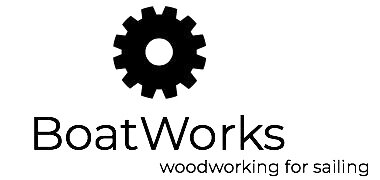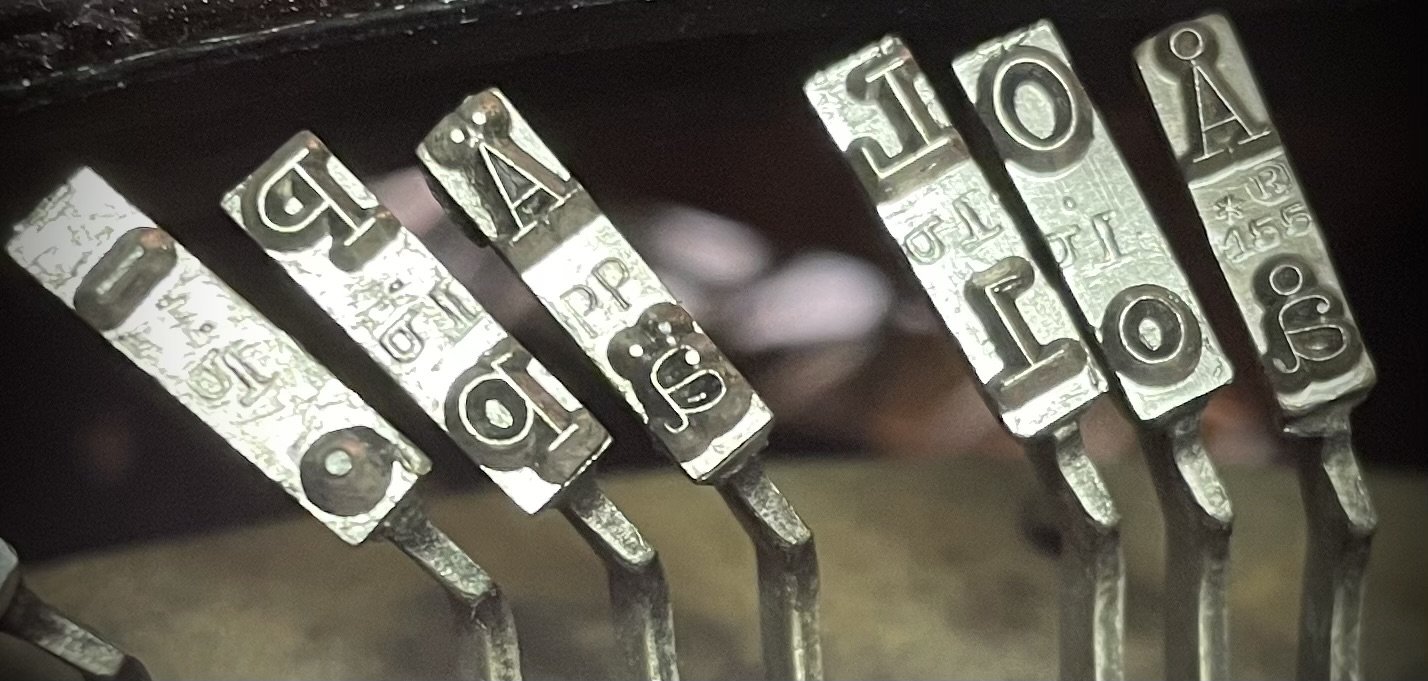Survivor! Oliver 9 aka "Rusty"
I bought this fellow in UK when I was working on my other Olivers with intention to use it as spare parts reservoir.
It was in so neglected shape that no one else was bidding and shipping to Sweden was cheaper than shipping same thing within Sweden…
I got this rust bucket and never needed to shift any part from it. It was waiting in the workshop for its destiny until last week. At first I thought about scraping it.
Olivers are known to have poor quality paint- and chrome work and this machine was apparently left somewhere humid and dirty for a long time.
Apart from surface rust and dirt the mechanism was complete. It was not working but there was a potential.
I decided that it’s never too late to give up so I might as well try to save it.
Removed spider webs and dirt, blew with compressed air - to prepare it for Evaporust bath. Keys removed as I’m not sure how they will react to chemistry. All the rest is steel.
I doped the machine in Evaporust and left it there for a few days, only changing position to expose most of the mechanism.
Most crude rust was dissolved, next step is cleaning with high-pressure water.
Water blown out with compressed air and directly afterwards the machine is being dried with hot air.
At this point I decide to remove rests of paint on iron casting. It is anyway in poor shape, sloshed with some white paint here and there.
To gain access I remove carriage rail and escapement assembly. It is easy on Oliver, it’s just a few screws and levers to disconnect.
I scrape paint with a blade - it sits so poor that almost no pressure needs to be applied to chip it.
It starts to look interesting!
Carriage rail assembly is very rusty, ribbon color selector is seized with rust.
I dump it into Evaporust and leave for 24 hours. Cleaning with water and drying in the sun.
In the meanwhile I dope keys in Ajax and let them soak it for a few minutes. One needs to be careful not to leave them too log in this chemistry, especially black keys - they become soft and porous after a few hours.
Lots of “elbow grease” with wire brush and sanding pads. Finally all is clean so I put the machine together. I decided to leave towers and cover plate with original paint as it was in good shape and decals are well preserved.
Type-arms shield was bent on the right tower which also caused bend on a few type arms. I straighten it roughly and leave fine-tuning for later.
Time to take care of the carriage.
Disassembled as much as needed to de-rust it. I leave it in chemistry for 30 hours.
Cleaning with lots of water - most rust is dissolved into green sludge, water-solvable. Drying in the oven in 100 degrees C (there are plastic knobs on some parts).
Wire-brushed and clean, ready for assembly. Paper tables left with original paint - in reasonable (for Oliver) shape.
I’m always unsure if I will be able to put this together again. This time I cheated and used another carriage as a guide. All back in place and mounted on the machine. All rollers are clean and lubricated - carriage moves smoothly on clean rails.
Looks good.
Next step is manufacturing draw band clip. I use original one as a template and make mine from brass. Much easier to work on and strong enough for the job.
In situ.
Main spring is (surprisingly) not broken so I don’t open it, just lubricate through provided hole. After some exercise it works smooth.
The machine is assembled!
Ribbon color selector is back in operation. After carriage rail assembly removal I needed to adjust its span so that letters are not printed in duo-chrome. It is done in two places: rough adjustment under the machine:
Fine adjustment accessible after removing front cover:
And it types! What is left is adjusting every type bow to bring all signs into line - it is very often that these are bent, mine has most problems on the right tower where protection plate was bent. It takes some time and patience but is easy.
I take her out into the garden and use sunset for photo-session.
I 3D printed ribbon covers, they turned out a bit too small. I’ll need to adjust the model and print new ones.
Lots of “patina” even after removing most of the paint. I think it turned out pretty well. Seems to be worth all these hours of work!
I kept original feet, for a time. I’ll probably make new in fresh rubber or cork - this machine is so heavy that modern cork-composite works equally well as rubber and is easier to form.
One more survivor from the long gone mechanical era!
















































